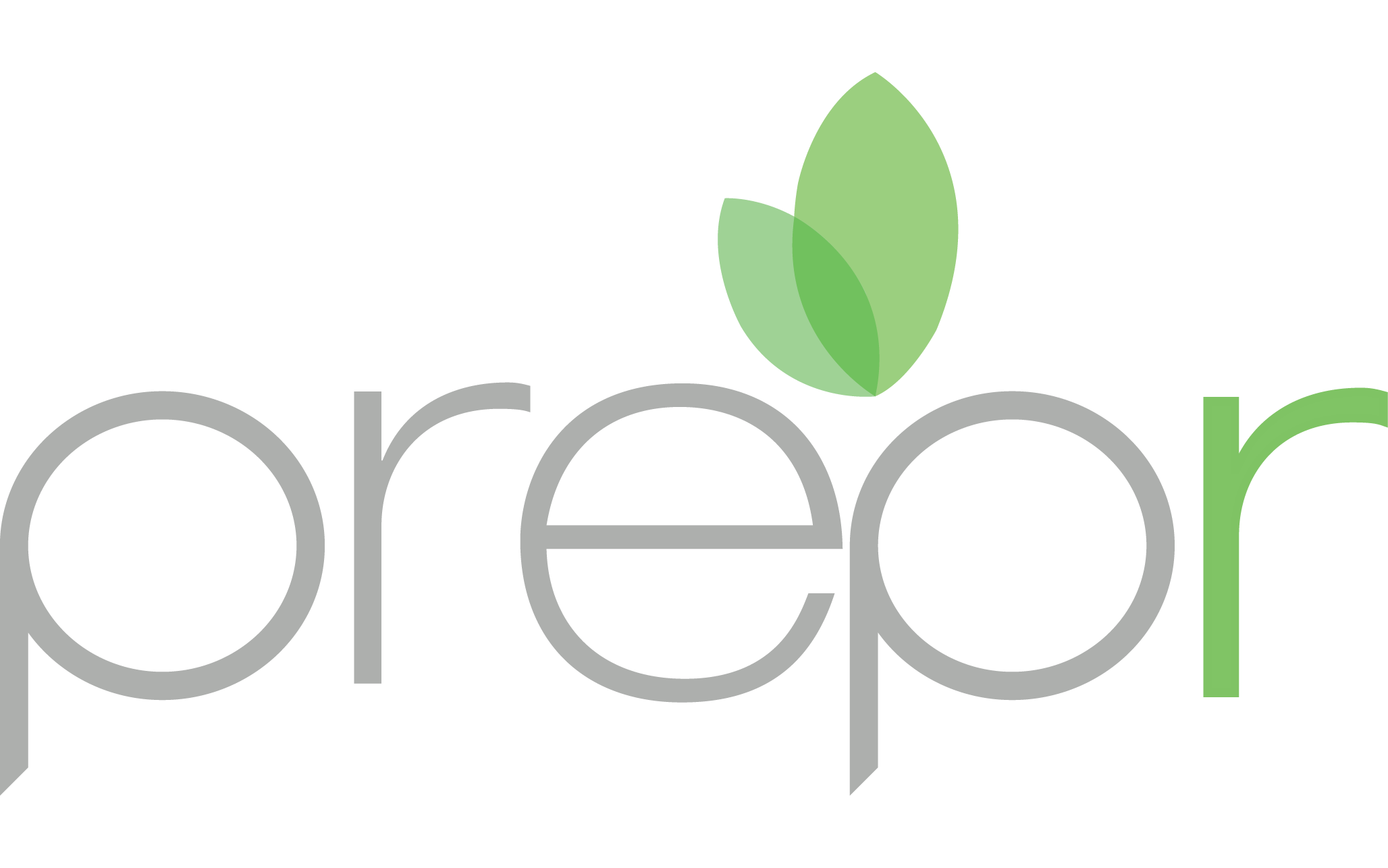
07 Dec The Future of EdTech: Exploring the Intersection of Innovation and Education
On Friday November 28th, Prepr Foundation held EduChallenge, a panel discussion to explore the future of EdTech – asking, “What’s next at the intersection of education, innovation and technology?” The panelists were a diverse group – Marc Lijour (Cisco Canada), Ruth Childs (OISE, University of Toronto), Jason Shim (Pathways to Education), and Steve Tam (Indiegogo Canada) – spanning industry, academia, non-profit and startups.
With a full crowd in attendance at Mozilla Toronto, Jason Shim moderated a thought- provoking discussion with questions like “If you could wave your magic wand, what would be possible?” prompting the panelists to discuss the importance of creating the right learning environment, the power of human emotion and the potential for personalized learning.
Marc Lijour, Director of Education at Cisco Canada introduced us to the Internet of Everything (IoE) and the connected classroom. In the connected classroom, technology is seamlessly integrated into the learning environment, enabling learning and connections to be made beyond the school walls. One example of a connected IoE device is the use of the Oculus Rift to allow students to take virtual field trips to places that are otherwise out of reach, such as to another continent.
As well as discussing the merits of using technology to create effective learning environments, the panelists emphasized the need to harness positive emotions – empathy, optimism, delight – to evoking learning. Ruth Childs, Associate Professor at OISE, also talked about the importance of creating safe environments in which learners are willing to try, fail and to try again.
The potential for personalized education, where a system adapts to a learners’ needs and learning style holds much promise, but must be used with caution. Ruth Childs went on to talk about a utopian world where personalized learning pushes students just to the edge of their ability optimizing learning. She also warned of the dystopian version, in this case the child’s learning may be impaired by a system that decided too early the student’s capabilities, or didn’t take into account a developmental milestone.
Steve Tam from Indiegogo agreed about the risks of pigeon holeing learners, relating his own experiences as a learner. He also discussed the need to test and validate solutions in the real world as what seems to work in an isolated environment without motivators, might fail when students have reasons to game the system
The panel discussion was a stimulus for the Education Innovation Challenge held Saturday and Sunday. Using key takeaways from the panel as a starting point, teams of educators, developers, designers and business professionals worked together to solve real-world challenges using technology.
The event was made possible through our speakers and by the support of our sponsors, including Mozilla Foundation, Fasken Martineau, Business Development Bank of Canada, Eosensa, Chagpar and Associates, Nulogy, and Panago.
